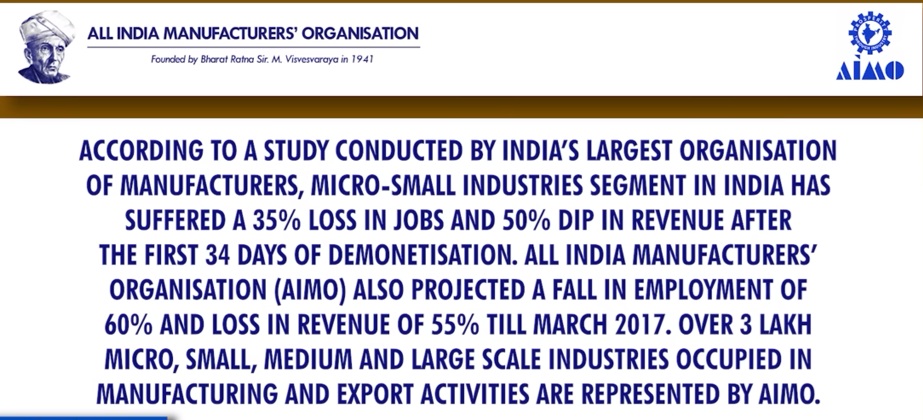 A Study on the Impact of Demonetization and its Effects on Economy https://www.ijarsct.co.in/Paper13271.pdf The Commonwealth of Independent States (CIS)
A Study on the Impact of Demonetization and its Effects on Economy https://www.ijarsct.co.in/Paper13271.pdf The Commonwealth of Independent States (CIS)
was established as a result of the Demonetisation programme carried out by the Union of Soviet Socialist Republics (USSR) in 1991. A similar action in North Korea resulted in homelessness, while a cash ban in Nigeria in 1984 caused the country's economy to completely collapse. It is well known that when the cash crisis first started, the government apparatus was unprepared for the difficulties it would provide. During the first three weeks following its publication, nearly 62 adjustments and notifications were made. Consumer confidence has been utterly weakened psychologically, making a comprehensive strategy to boost domestic consumption by boosting working class purchasing power necessary.
Behind the West’s rising dislike of Indian migrants https://www.hindustantimes.com/opinion/behind-the-west-s-rising-dislike-of-indian-migrants-101758554815670.html By Tara Kartha
Sept 22, 2025 The Right, throughout history, has risen amid economic suffering, discontent with the ruling elite, corruption, and unemployment. Europe, traditionally the base for such exclusionary sentiments, had been warning of the rise of the far Right and introduced a Resolution in 2023 on ways to combat it. But that year, unemployment was at a historic low, indicating that other factors were at play.
The tipping point, however, seems to have been the worldwide protests against the genocide in Gaza, including in all major Australian and European cities. In the US, particularly, it was opposed as carrying wokeism too far, “in support of Hamas and Hezbollah”.
Alongside came Hinduphobia. Where and how did the term crop up? And how did it turn into hate against Indians?
Rahul Gandhi gets Support of Former CECs. https://x.com/i/status/1968936643701686523 Former CEC highlighted current CEC's role in Elections where Integrity of the Electoral Rolls is on the Stake.
Poll body already initiated probe, shared info: Ex-chief on Rahul Gandhi's charges https://www.indiatoday.in/india/story/poll-body-already-initiated-probe-shared-info-ex-chief-on-rahul-gandhis-charges-2789693-2025-09-18 In an exclusive interview with India Today's Rajdeep Sardesai, ex-Chief Election Commissioner N Gopalaswami responded to Rahul Gandhi's claim that the poll body, under Chief Election Commissioner Gyanesh Kumar, protected individuals involved in the alleged illegal deletion and addition of voters using centralised software in Karnataka and Maharashtra.
Why ex-ECs believe poll body chief is wrong on Rahul Gandhi https://www.indiatoday.in/india/story/why-ex-election-commissioners-believe-poll-body-chief-gyanesh-kumar-is-wrong-on-rahul-gandhi-vote-chori-allegations-2783796-2025-09-08
Three former Election Commissioners said at the India Today South Conclave that CEC Gyanesh Kumar's affidavit demand and combative tone in response to Congress leader Rahul Gandhi's "vote chori" claim weren't right. They said the EC should have probed the matter instead to preserve public trust in the electoral process.
Probe, don't dare: Chidambaram as ex-ECs say poll body chief wrong on Rahul Gandhi https://www.msn.com/en-in/news/other/probe-don-t-dare-chidambaram-as-ex-ecs-say-poll-body-chief-wrong-on-rahul-gandhi/ar-AA1M7wO8
